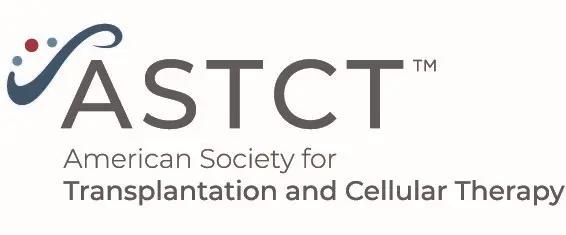Impact of GVHD Prophylaxis on CMV Reactivation and Disease After HLA-matched Peripheral Blood Stem Cell Transplantation
A recent study published in Nucleus highlighted the impact of graft-vs-host disease prophylaxis on cytomegalovirus reactivation.
A recent study published in Nucleus highlighted the impact of graft-vs-host disease prophylaxis on cytomegalovirus reactivation.

Researchers from the Fred Hutchison Cancer Center compared the impact of various pharmacologic graft-vs-host disease (GVHD) prophylaxis regimens on cytomegalovirus (CMV) reactivation in the CMV-seropositive patients receiving HLA-matched related and unrelated peripheral blood stem cells (PBSC) for hematologic malignancies.
Allogeneic hematopoietic cell transplantation (HCT) with PBSC is considered a curative therapy for some hematological malignancies however, it can lead to GVHD. Immunosuppressive drugs such as post-transplantation cyclophosphamide (PTCy), methotrexate (MTX), and calcineurin inhibitor mycophenolate mofetil (MMF) are commonly used for GVHD prophylaxis, but their use is often associated with high risk of both CMV and non-CMV viral infections after transplantation.
A total of 780 CMV-seropositive patients undergoing their first HLA-matched unrelated or HLA-identical sibling donor PBSC transplantation were evaluated in a retrospective analysis between July 2007 and September 2018. Demographic and transplant characteristics were stratified by the type of GVHD prophylaxis (MTX, n = 322; MMF, n = 414; and PTCy, n = 44). The conditioning intensity was predominantly myeloablative in the MTX and PTCy groups, whereas non-myeloablative conditioning was most common in the MMF group. Donor CMV seropositivity rates were similar across the three groups. CMV monitoring/management followed uniform standard practice.
The authors found that early post-transplant CMV viral load was highest in the PTCy group, followed by MMF, and MTX. However, at later time points the average CMV viral load was lowest in the PTCy group. GVHD prophylaxis with PTCy was associated with significantly higher risks of early CMV reactivation among patients receiving both HLA-matched related and unrelated PBSC. Despite PTCy-associated increased risk of early CMV reactivation, the CMV disease risk by 1 year was low in HLA-matched PBSC transplant recipients. Patients in the PTCy group also had significantly lower probability of chronic GVHD/late acute GVHD at 1-year (32%) compared with patients in the MTX (47%) or MMF (53%) groups. The risk of CMV reactivation at ≥ 250 IU/mL with an unrelated donor was 44% higher than that with a sibling donor. Late CMV reactivation and overall viral burden in the first-year post-transplant were similar in patients receiving PTCy and those receiving MTX. MMF was associated with higher risk of early CMV reactivation at higher thresholds (≥ 1000 IU/mL), late CMV reactivation, and 1-year viral area-under the curve. The protective effect of an mTOR inhibitor sirolimus on CMV reactivation appeared to be reduced in PTCy recipients. The incidence of early or late CMV disease was not significantly different between GVHD prophylaxis regimens.
The authors conclude that early post-transplant CMV antiviral immunity may be compromised by PTCy, but that later, PTCy-mediated GVHD protection spares the use of immunosuppressive treatment and may thereby provide an advantage in restoring viral immunity, resulting in the effective prevention of progression to higher viral load and CMV disease.
Reference
Oshima MU, Xie H, Zamora D, et al. Impact of GVHD prophylaxis on CMV reactivation and disease after HLA-matched peripheral blood stem cell transplantation. Blood Advances. 2023;7(8):1394-1403. https://doi.org/10.1182/bloodadvances.2022009112
Newsletter
Stay up to date on recent advances in the multidisciplinary approach to cancer.